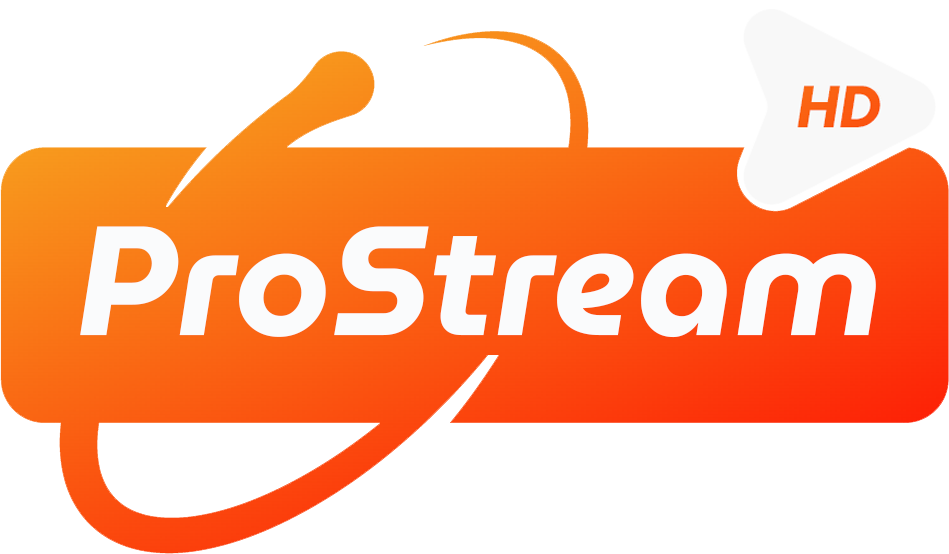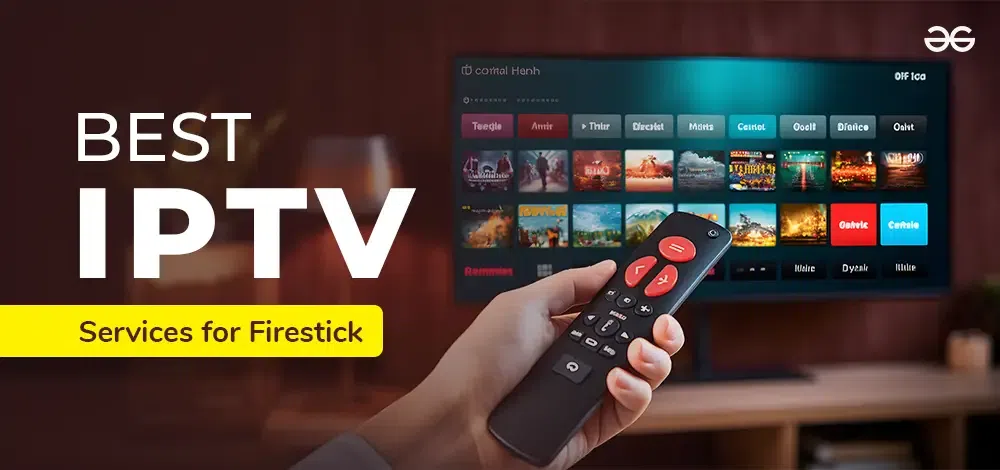What is IPTV? How IPTV Works? Best IPTV Devices, Services, and more!
IPTV is one of the most popular forms of content consumption online. There are numerous channels broadcasting content online, and that is made possible by deploying FAST platforms using Playout solutions. Scheduled programming is still very much existing. While it is important to embrace it, delivering an online internet-based scheduled programming solution requires streaming software providers like ProStream.
Before we get into what IPTV is and how it works, let’s make one thing clear here. Users searching for IPTV are simply looking for ways to watch their regular favourite TV channels on the internet, and that can be achieved. Going by the numbers here, while people have started watching content as and when they like, there is still a significant population that prefers otherwise, and that is an untapped market.
The global Internet Protocol Television (IPTV) market size was estimated at USD 68.84 billion in 2023 and is projected to reach USD 200.22 billion by 2030, growing at a CAGR of 16.8% from 2024 to 2030.
What is IPTV?
IPTV stands for Internet Protocol Television. It refers to television content that is delivered over an Internet Protocol (IP) network, rather than through traditional satellite or cable television formats. It can deliver both live and on-demand content.
IPTV allows users to stream different types of media content, such as live TV channels, movies, and videos. The only thing they require is an active Internet connection.
Hence, the viewers can watch their favorite programs on various devices, including TVs, computers, smartphones, and tablets, using apps or software that support IPTV services.
So, in simple terms, we can say that IPTV is a system where digital television service is delivered to the subscriber through Internet protocol technology. You watch your TV shows via the Internet.
So, is it the same as VoD streaming apps like Netflix? No, there is a slight difference.
IPTV is slightly different from digital video that is accessed by millions of users on sites or apps like YouTube or Netflix because it lets you watch live TV shows on different channels. So, it is not limited to one particular platform.
But it has similarities too. It shares quite a bit of the same ubiquitous, pervasive nature. Also unlike standard cable or satellite connection, in IPTV multiple TV sets can use a single subscription within a home.
Streaming is not just restricted to IPTV solutions. IF you’re planning to go into the online streaming market, it has to be with a solution that delivers clout-based Linear TV, which is scheduled programming, and also makes some space for the emerging FAST channels. ProStream is a one-stop software solution that can help you launch your very own internet-driven cloud streaming service, both for linear streaming as well as FAST streaming.
So the question here is, is IPTV enough? Well, the answer is no. Today, what broadcasters want is flexibility in terms of what they are streaming to the audience and how they are doing it. IPTV falls short.

How is IPTV different from Traditional TV?
To understand how IPTV is different from traditional TV, let’s compare the traditional mode of viewing TV with IPTV
| Traditional TV (Cable and Satellite TV) | IPTV |
| Cable and satellite both function by enabling users to “tune in” to specific channels within that signal and the fundamental difference is that cable is via a wired connection whereas satellite is wireless (until it reaches your house, anyway). | IPTV system uses an Internet protocol (IP) based network to deliver TV channels to users’ set-top boxes. Internet networks differ from cable and satellite by offering content through the same client-server model that renders email, websites, and other Internet-based services. |
| A prime example of Cable TV is Time Warner Cable which is delivered via coaxial cable connection and an example of Satellite TV is from providers like DirecTV which is transmitted and delivered to the viewers via radio waves. | As we will see mentioned further in this blog, IP or Internet Protocol is the language that is used for transferring data packets between computers attached to the internet network. And, in IPTV, the consumer requests and receives TV Shows, and Video content is delivered to the viewer via Internet Protocol (IP) based networks instead of cable or satellite. |
| Cable or satellite where content is broadcast in real-time, on a transmit-and-forget model. | The IPTV server has the ability to store the programming on servers at the transmitting end, allowing users to request the content over the Internet at any time. |


